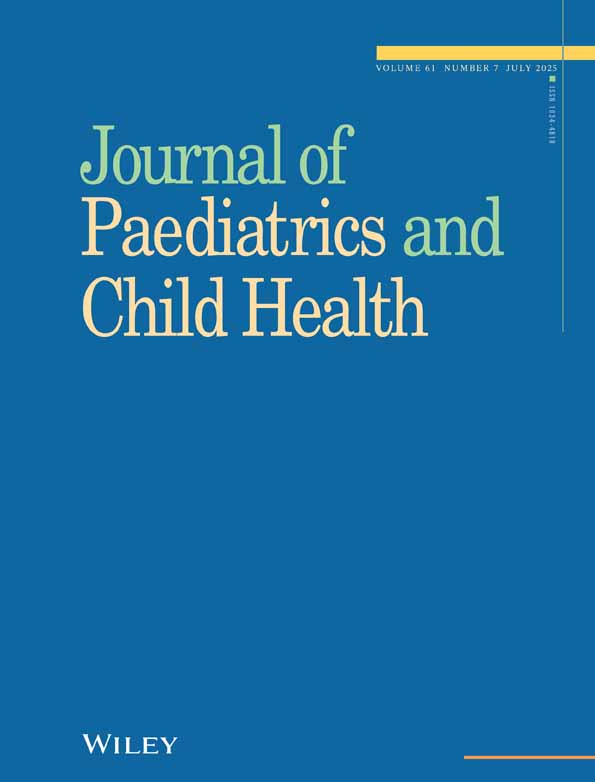Responses to partial nasal obstruction in sleeping infants
N. M. Newman, FRCP, FRACP, DCH, Director of Neonatology, Royal Hobart Hospital. J. K. Frost, MRCS, LRCP, Electronics Consultant. L. Bury, SRN, Technical Assistant. K. Jordan, NZRN, Technical Assistant. K. Phillips, Student.
Abstract
Partial nasal obstruction was performed during a morning of quiet sleep (QS: non-REM) and active sleep (AS: REM) at ages 1 week, 2 weeks, 1, 2, 3, 4 and 6 months on 12 normal infants, 15 subsequent siblings of victims of the Sudden Infant Death Syndrome (SIDS) and 12 infants admitted for investigation of infant apnoea (‘near-miss’ SIDS). In all three groups the numbers failing to arouse after 240 s (FTA-240) in QS were significantly greater than those in AS. After 2 months of age all groups showed a decrease in the number FTA-240 in AS, whereas in QS the number did not change significantly. Subsequent siblings of SIDS had a significantly higher number FTA-240 in QS than controls. There was no significant difference in FTA-240 in QS between controls and infant apnoeas, although there was a trend for this to be higher in subsequent siblings of SIDS than infant apnoeas.
It was concluded that arousal from AS is more marked than from QS, that after 2 months of age the ability to arouse from AS increases, and that in relation to SIDS, QS is the sleep state in which the infant is less able to arouse. Furthermore, subsequent siblings of SIDS differ from normal infants in their ability to arouse from QS.




